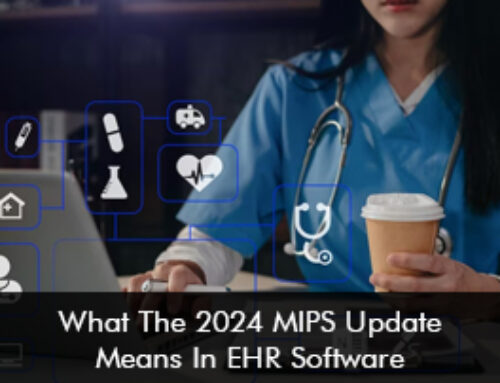Transitioning from an old healthcare program to a new one is not an easy process. If you have participated in the PQRS (Physician Quality Reporting System) program in past you must know how daunting can all the complex requirements created by the CMS for the MIPS (Merit based Incentive payment system) program be. But thankfully, despite all those complexities, portals like EMR Systems are always here to help you out. So if you are a small practice provider trying to set yourself up for MIPS success in 2017, here are three things that can really help you out.
Determine your MIPS eligibility

Before you plan to join any program offered by the CMS, it is always a prudent step you check its eligibility requirements. Thankfully, CMS has selected 2017 to be a transition year. This means that many small practices may be exempted from the MIPS payment adjustments aimed for application in 2019. We recommend that you review the requirements set by CMS for MIPS eligible clinicians along with the exemption criteria and determine whether you need to take action this year or not. If you find yourself among the eligible practitioners, you need you apply for MIPS to avoid a 4% negative payment adjustment in 2019.
Review your 2015 Quality and Resource Use Report
If you are one of the eligible clinicians, you need to review your 2015 Quality and Resource Use Report (QRUR). The CMS resource “Understanding Your QRUR” can also help you out in this regard. This will let you know how to apply and what actions you need to take this year. You can access a QRUR on behalf of a group or solo practitioner here.
Document all patient encounters in the EHR
In order to be successful in MIPS, you need to document all patient encounters in your EHR. The MIPS program moves you to a performance-based payment system. This system rewards you per the use of health IT and high quality healthcare delivery. Interestingly, the program also applies to all of your patients and not only those that use Medicare Part B. Thoroughly documenting all your patient encounters will allow you to set yourself up to report comprehensive data to CMS that reflects your overall patient care in the best way possible.







